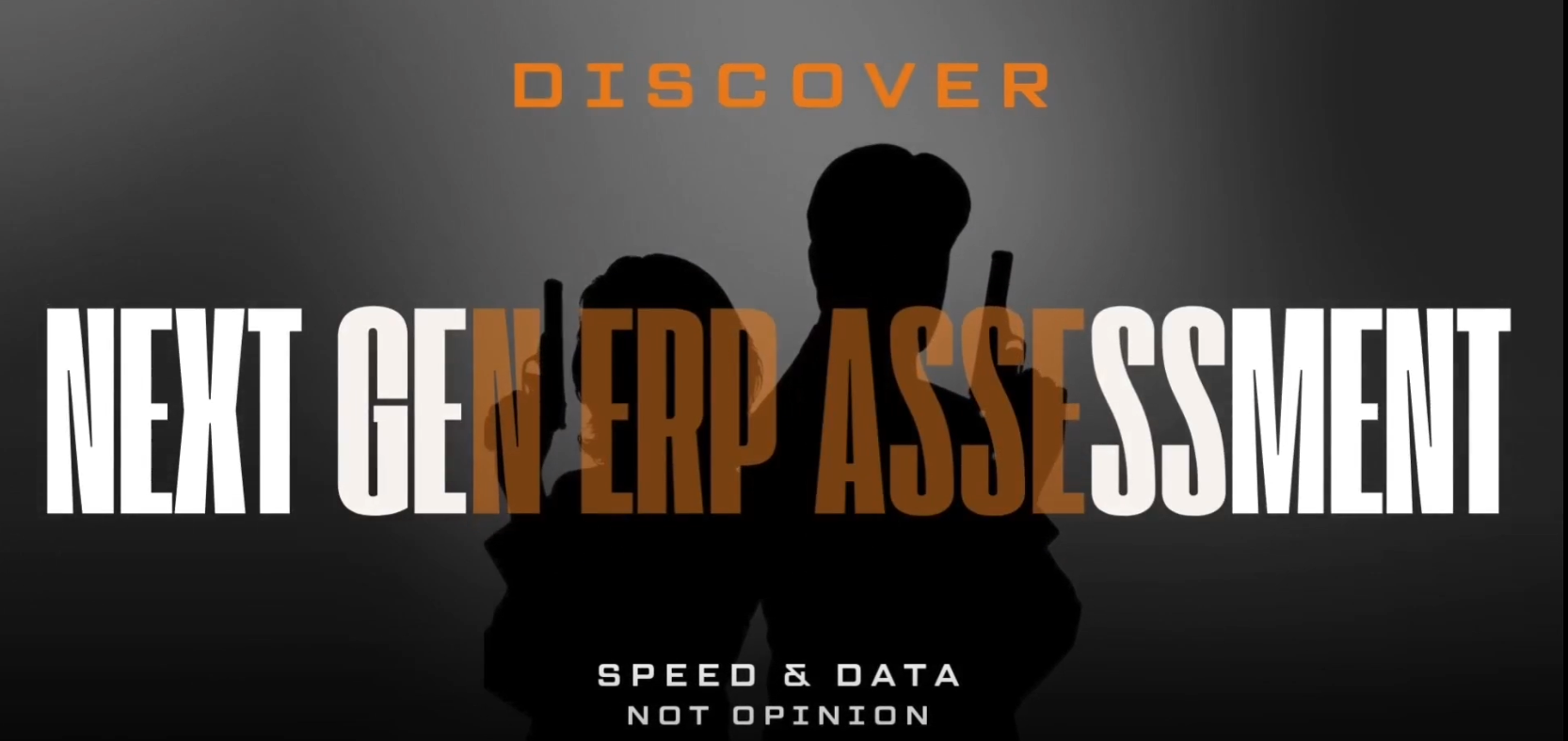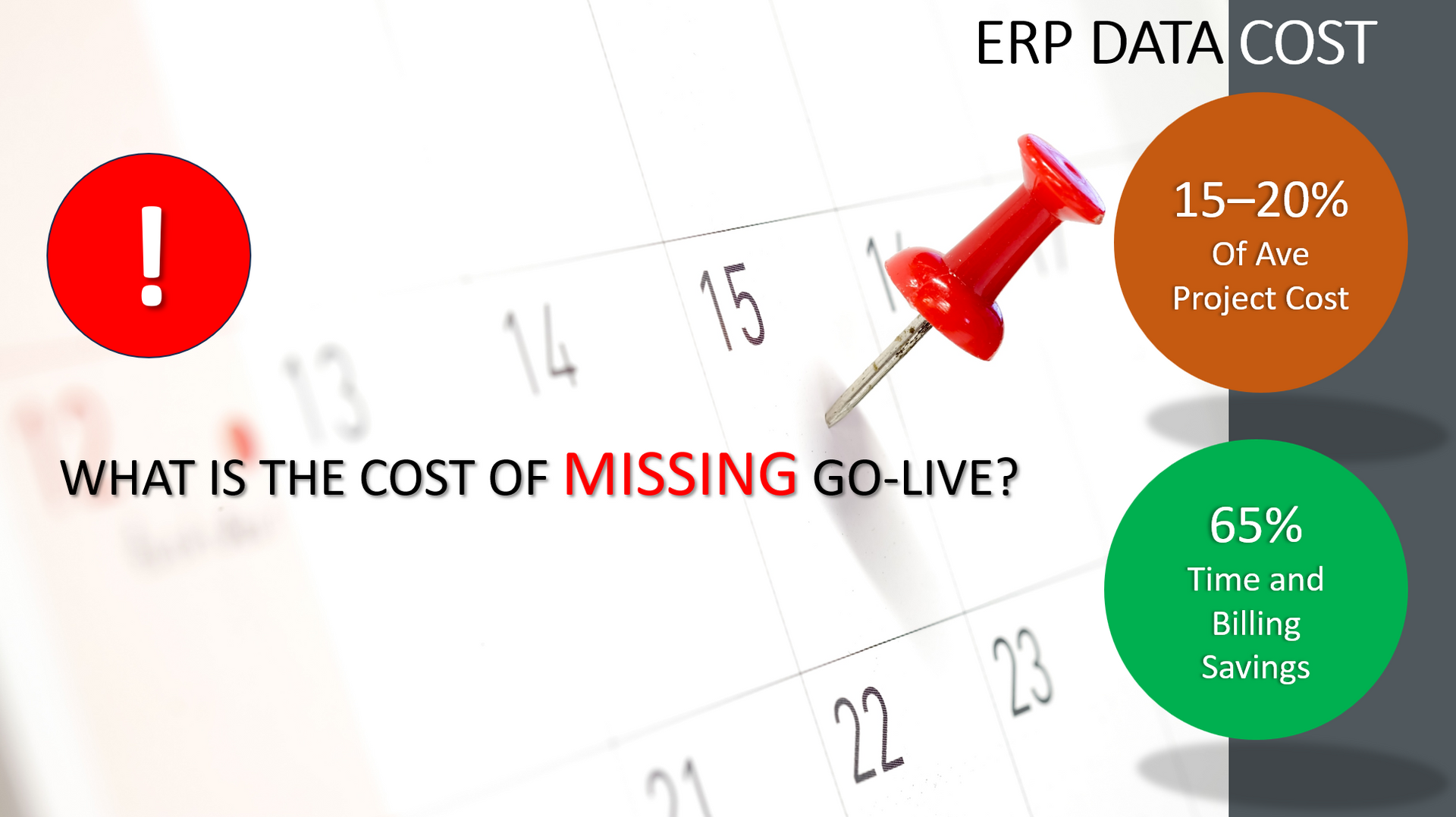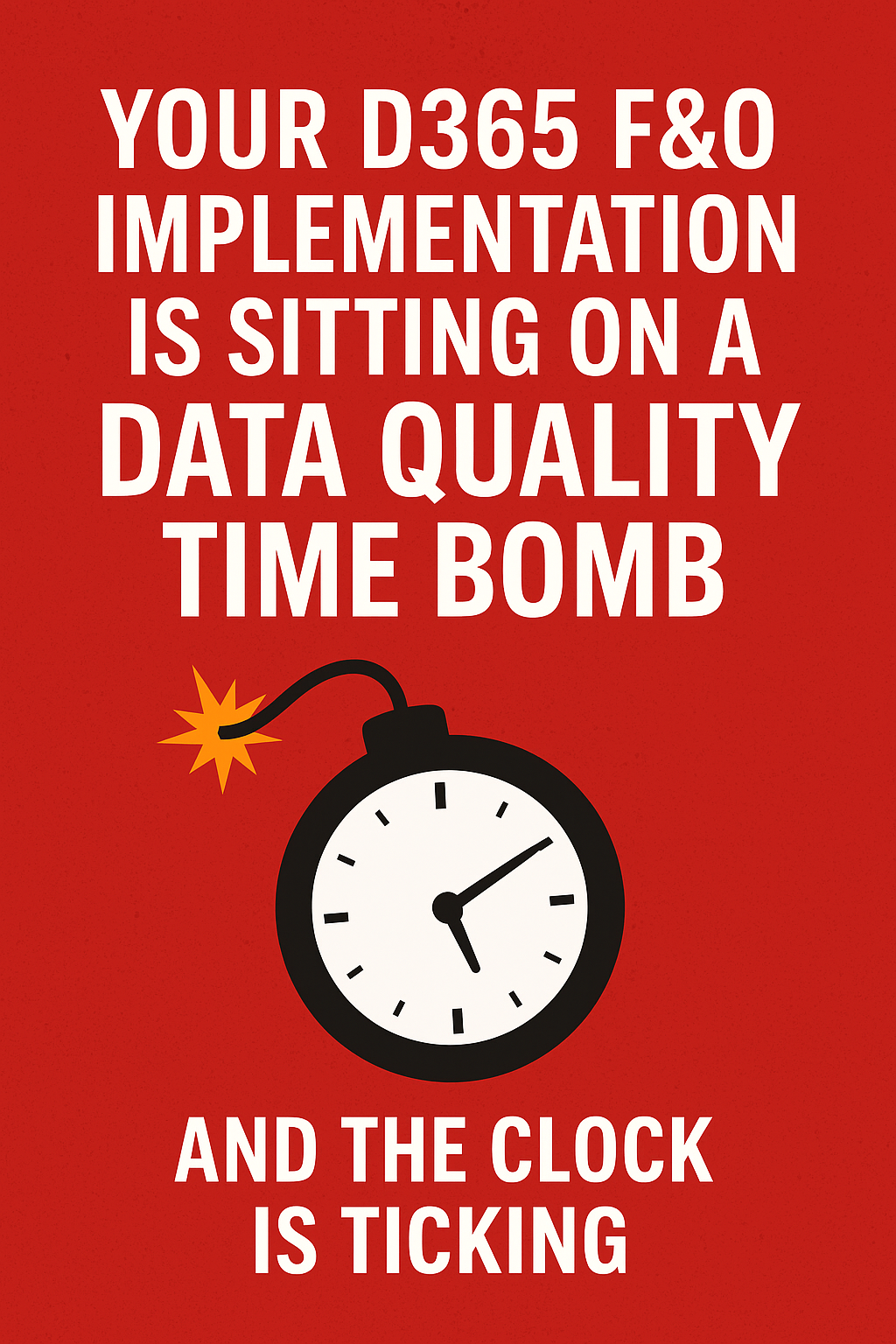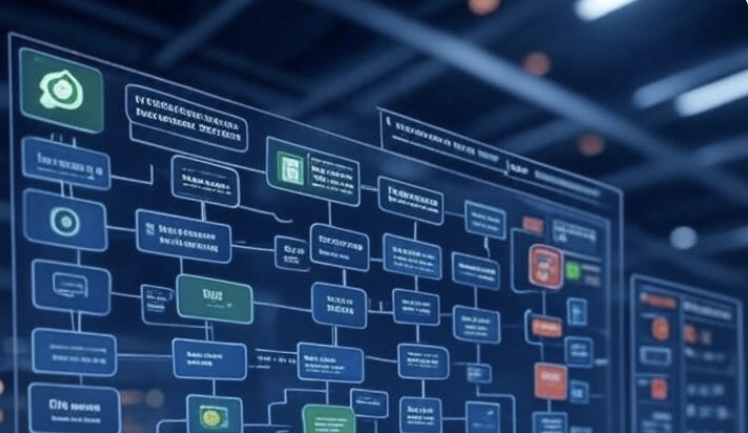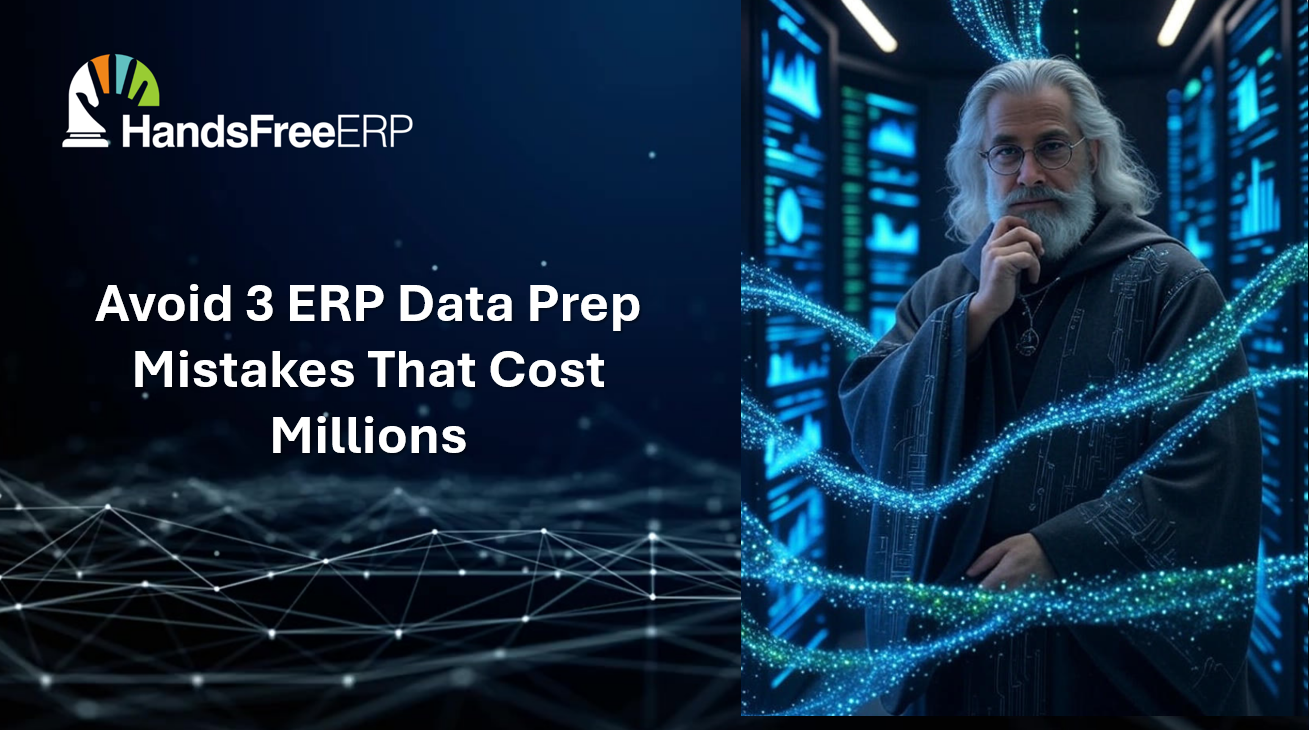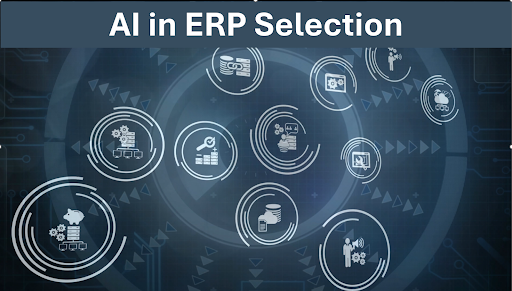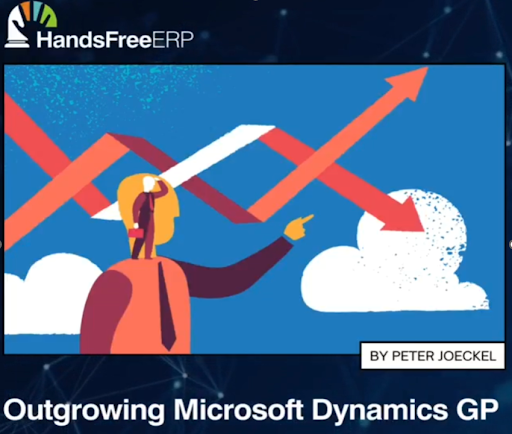The Myth of the BIP - Part 1
The Myth of the Big Important Partner - Part 1

Synopsis:
In the sale and implementation of enterprise level ERP projects not only does size not matter, it may in fact be a point of failure.
The Issue:
The idea for this post came to me when a big important partner(BIP) in our industry was recently purchased and there were a slew of articles talking about the transaction and glowing interviews with the owner extolling his business acumen.
Those stories reminded me of the large “challenged” ERP implementation where the same partner was failing spectacularly despite hundreds of thousands of dollars in billings and a rotating cast of poor to average consultants.
The highlight for me however was the sleepy consultant that tried to hideaway in the company boardroom for his daily naps. That worked well until the president of the company walked in on him mid slumber.
On the upside, he had not changed into his comfy jammies.
Not as funny, is the fact that in that in the ERP sales and implementation industry, challenged or failed ERP implementations with not one but multipleBIP “making doo doo in the bed” are not unusual. These partners create a thriving secondary implementation economy composed of smaller specialty firms and independent consultants that specialize in mop up operations. It is in these firms and individuals that you will often find the best technical resources in the industry.
There are so many BIP challenged implementation projects that major ERP vendors often have project escalation processes and teams.
Typically, the cycle goes something like this:
- Fancy promises from the BIP don’t pan out and ERP customer is unhappy.
- Unhappy customer reaches out to software publisher to express concern.
- Software publisher sales guy listens careful and promises to have harsh talk with partner.
- Publisher sales guy talks to sales manager about the issue and they have a conference call with the partner to see if this issue is going to affect quarter end sales.
- BIP promises customer to do better and write off some implementation dollars.
- Customer eventually switches partners or calls the software publisher to discuss legal remedies.
- Software publisher legal team introduces customer to the reality that the payroll of their in-house legal department is larger than the GNP of Western Europe. Combined.
- Escalation team at software publisher calls smaller and generally unknown but dependable implementation partner to save the day. Sales teams from BIP are presented various partner awards at swanky resorts during annual mutual back slapping events.
- Rinse and repeat.

HandsFree ERP is dedicated to supporting clients with their ERP initiatives, enabling companies to seamlessly connect users with their ERP partners. By utilizing skilled professionals, streamlined processes, and cutting-edge tools, HandsFree ERP significantly boosts the success rates of ERP projects.



